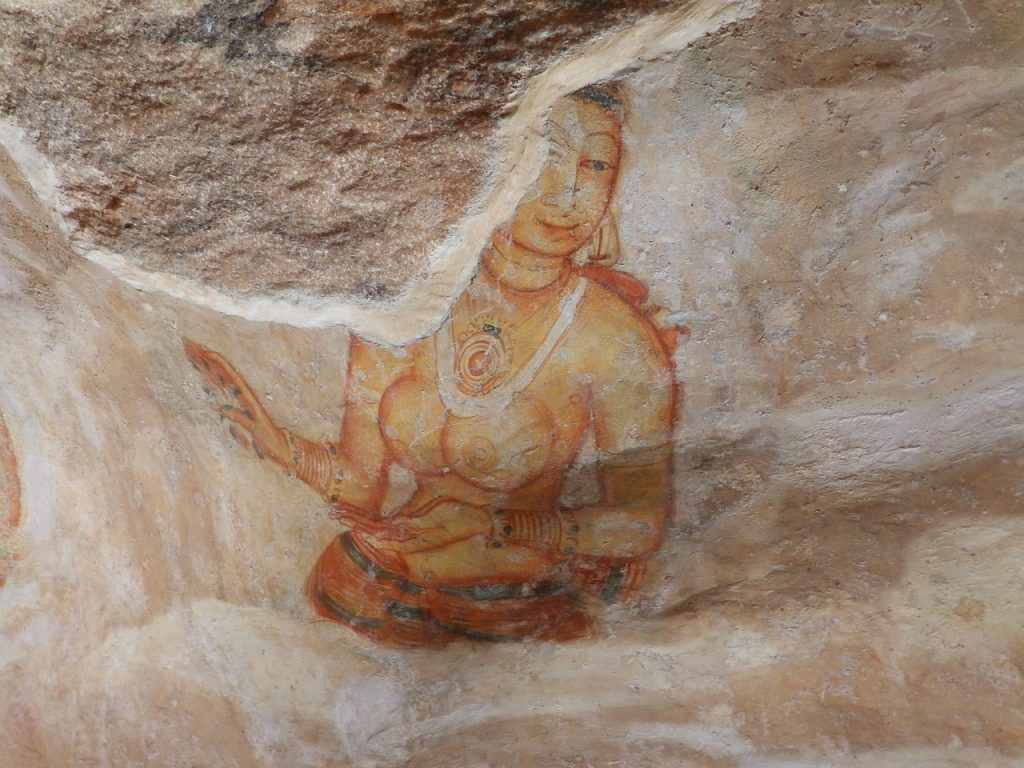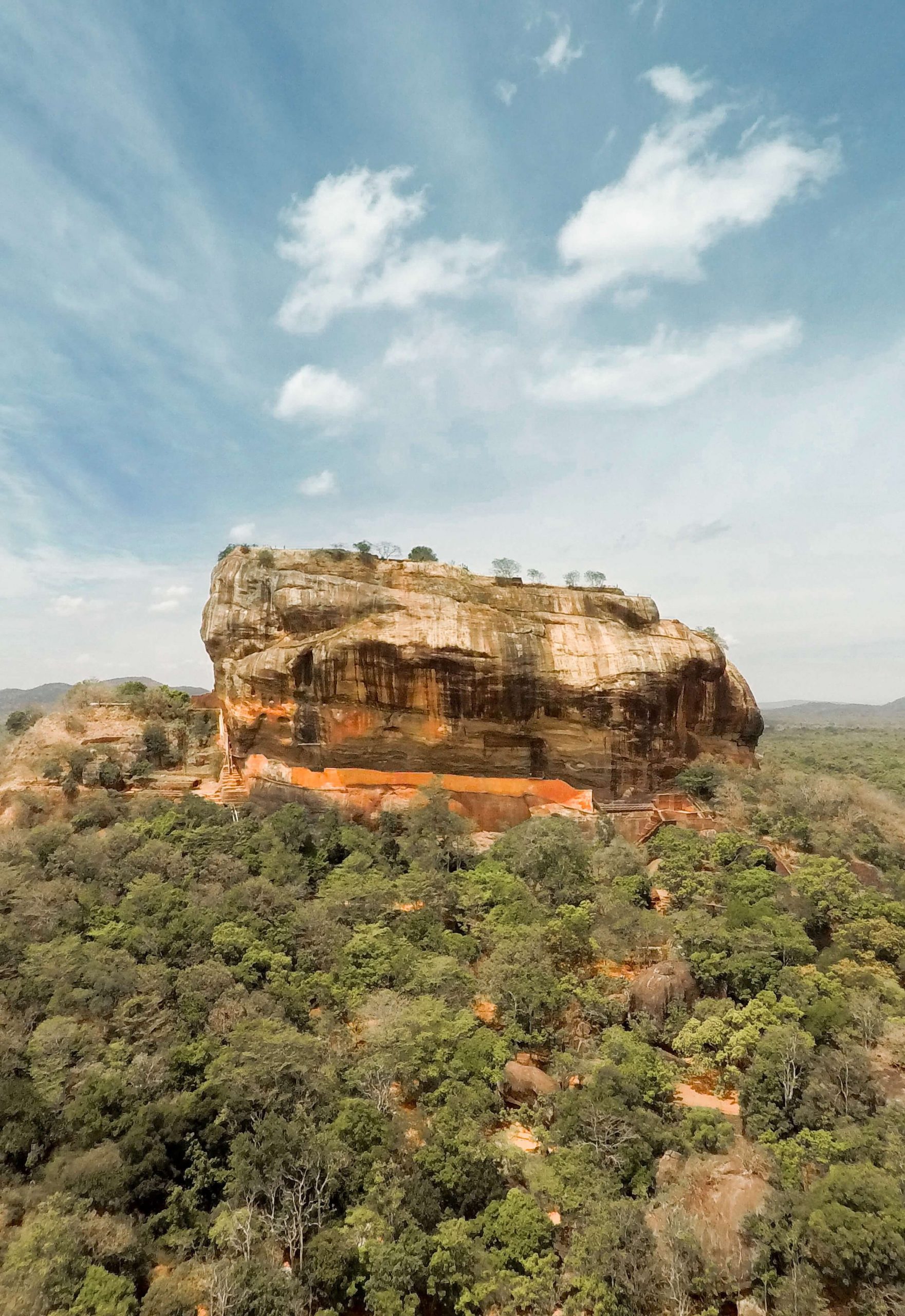
Fortress In The Clouds – Sigiriya Rock
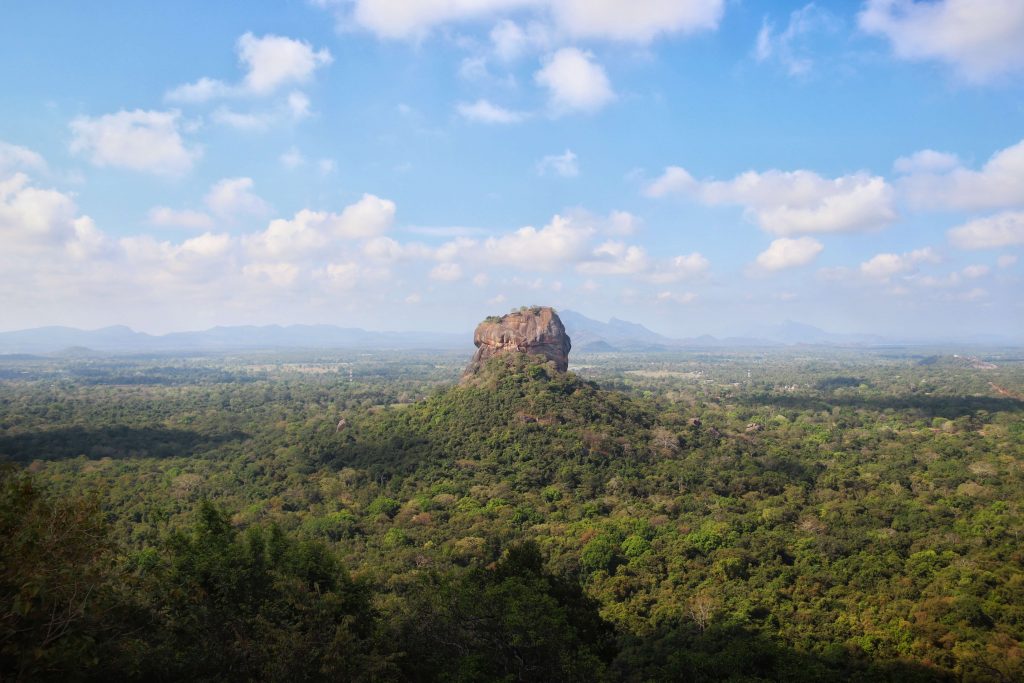
Sigiriya Rock, also known as Lion Rock, is one of Sri Lanka’s most famous and iconic landmarks. It is a massive granite outcrop that rises 200 meters above the surrounding jungle, located in the central Matale District of Sri Lanka. Sigiriya Rock is a UNESCO World Heritage site and is one of the island’s most visited tourist attractions, drawing thousands of visitors each year.
Sigiriya’s history dates back to the 5th century AD, when it was chosen by King Kashyapa as the site for his new capital. The king chose Sigiriya as his capital because of its strategic location on top of a natural rock fortress, surrounded by lush jungle, and with a nearby water supply.
King Kashyapa was known for his architectural prowess, and he began an extensive building program to construct a palace and a pleasure garden complex on top of Sigiriya Rock. The complex was designed to be a refuge from enemies and a place of luxury and comfort for the king and his court.
The palace complex on Sigiriya Rock was a masterpiece of ancient engineering and architecture, consisting of a series of courtyards, gardens, and water features, all built around a central rock fortress. The palace was built with sophisticated water supply and drainage systems, which were fed by a network of canals and tanks that captured rainwater.
The most impressive feature of Sigiriya Rock is the series of frescoes that adorn the western face of the rock. These frescoes, which date back to the 5th century AD, depict a series of beautiful women in various poses, clothing, and hairstyles. The frescoes are a testament to the skill and creativity of the ancient Sri Lankan artists who created them.
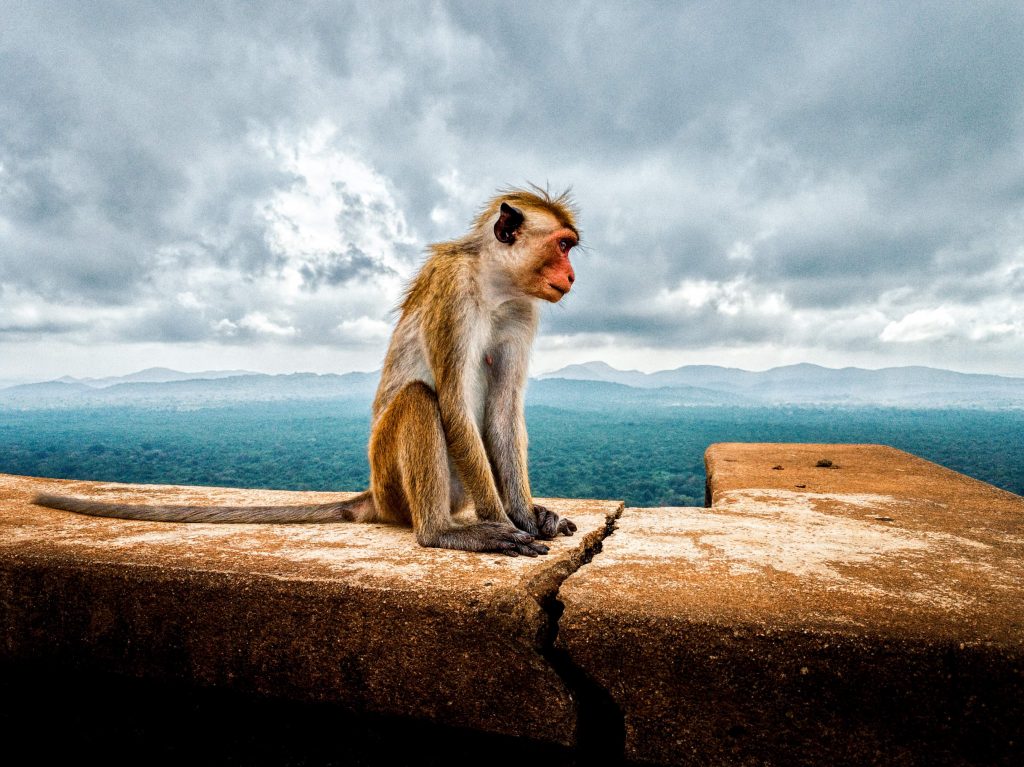
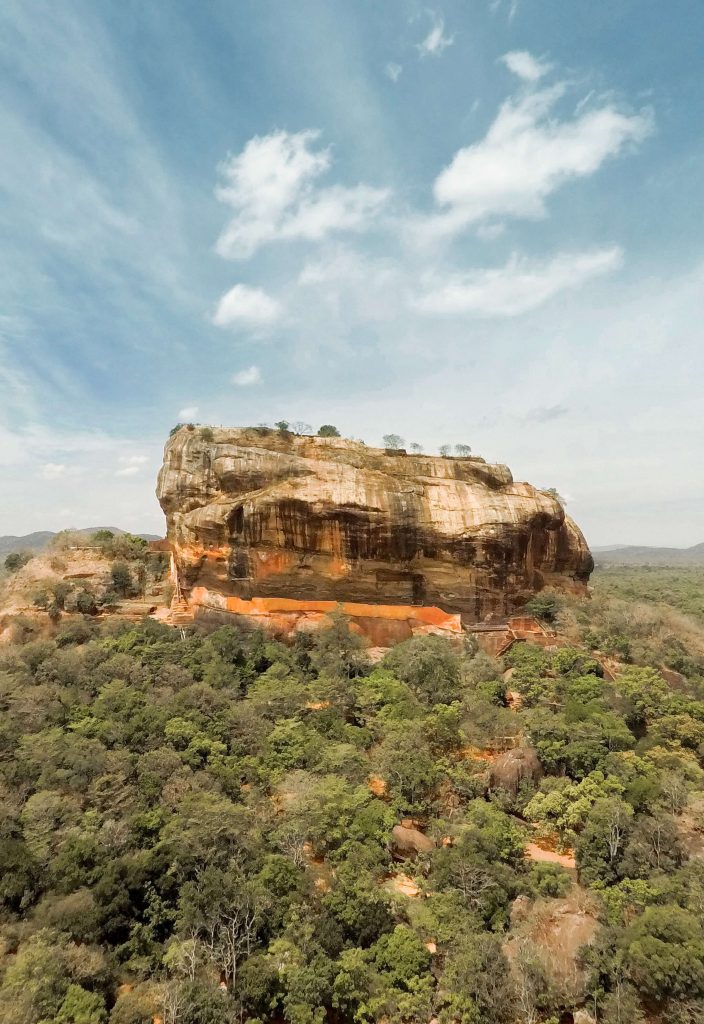
Another iconic feature of Sigiriya Rock is the Lion Gate, which was constructed at the base of the rock and led up to the palace complex. The gate is flanked by two massive lion paws, which were once part of a larger statue of a lion that stood guard at the entrance. Today, only the paws and the head of the lion remain, but they still provide a striking and impressive entrance to the palace complex.
The reign of King Kashyapa at Sigiriya was short-lived, as he was defeated in battle by his half-brother and forced to flee the kingdom. After his death, the palace complex at Sigiriya was abandoned and was eventually reclaimed by the jungle, where it remained hidden for centuries.
In the 19th century, Sigiriya was rediscovered by British archaeologists, who were amazed by the palace’s sophistication and beauty. Today, Sigiriya Rock is one of Sri Lanka’s most popular tourist attractions, and visitors can climb the steps to the top of the rock to explore the palace complex and enjoy breathtaking views of the surrounding jungle.
In conclusion, Sigiriya Rock is a testament to the ingenuity and creativity of ancient Sri Lankan civilization. Its palace complex, water features, frescoes, and Lion Gate are all evidence of the advanced architectural and engineering skills of the ancient Sri Lankan people. Sigiriya remains a must-visit destination for anyone interested in the history and culture of Sri Lanka.
